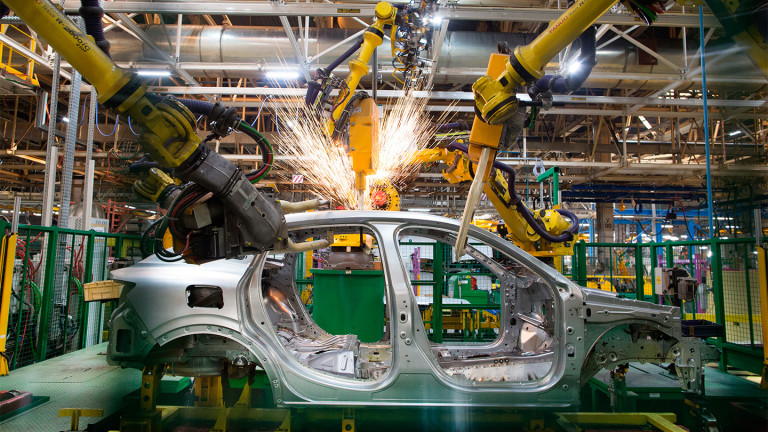For a year and a half, the lack of semiconductors plagued the automotive industry, which was forced to shut down its factories, slow down deliveries of ordered cars and raise their prices. But this is far from the only problem facing producers, writes CNN.
Observers point out that companies find it difficult to supply not only semiconductors but also any components and raw materials due to a host of reasons, including suppliers’ closed factories due to Covid-19, logistical problems, including shortages of ships, containers and drivers. as well as the inability of some of the suppliers to find labor.
All this increases the damage from the current supply chain crisis to levels that are far higher than expected – and leads to higher costs for both producers and customers.
Semiconductors are just one of the problems, and there is a shortage of everything from resin through steel to employees, says Mark Wakefield, co-leader of the automotive division at AlixPartners. “No room for error”.
Temporary closures and reduced production are affecting car plants around the world, reducing the supply of new cars. AlixPartners estimates that manufacturers will be able to produce 7.7 million fewer cars this year due to shortages. Combined with strong consumer demand, this raises car prices. But companies will still lose $ 210 billion due to unrealized sales. And higher prices will offset about $ 90 billion of that amount. At the same time, however, manufacturers will have to pay $ 150 billion more for components and raw materials, or roughly $ 2,000 per car.
In total, the industry will suffer a blow of $ 270 billion, and customers will give $ 90 billion more.
The shortage of semiconductors hit the car industry last year. With the onset of the pandemic and declining car sales, most manufacturers have shrunk their orders – expecting continued low levels of sales. But the market surprised them and they recovered far faster than expected. However, the companies failed to recover orders for chips, as the technology industry had already reserved capacity amid higher sales of laptops, tablets and phones.
The shortage was expected to reach its worst point in the second quarter of this year and then begin to improve. But the increased number of people infected with Covid-19 has created new problems as plants in Asia begin to close.
In the meantime, supplies of other key materials have suffered. And it is not clear when the situation will ease.
– .


